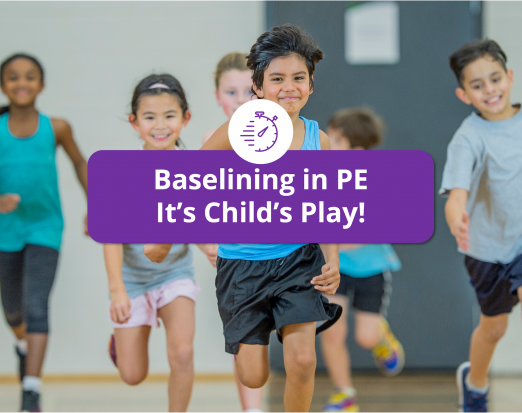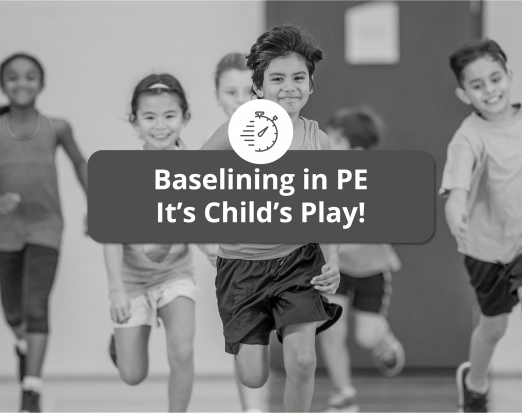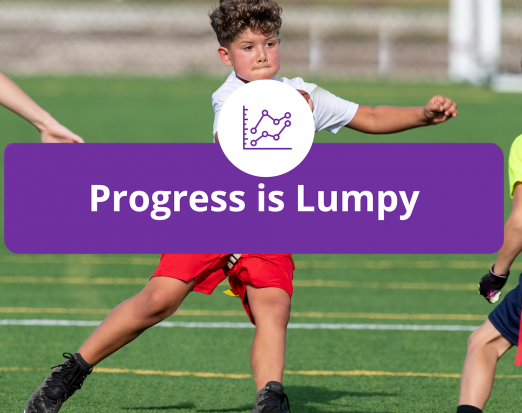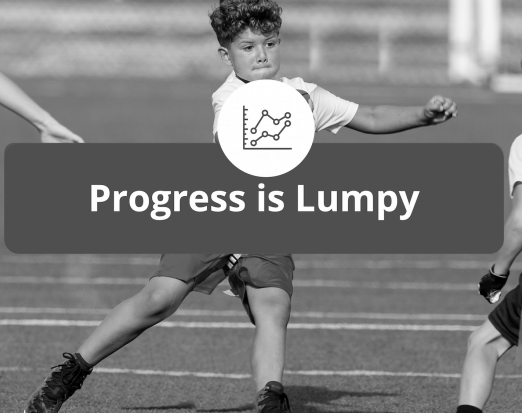PRE-SEASON AT HOME - CHALLENGE 6 - DEVELOPING POWER

Week 6!!! Firstly congratulations for getting this far in the Pre-Season at Home Challenges. We really hope you have enjoyed the challenge.
For many individuals, including the top athletes, getting started is the hardest thing, but once you are training or being active regularly it can become habitual and we know how beneficial and how enjoyable it can be. Although we are getting towards the end of our summer of challenges we hope you support your child to stick with the Young Champions programme to continue their journey to being the best they can be.
Before we set this week’s challenge, our expert team have spent this week focusing on Power.
Power is a term that often gets spoken about when people talk about Strength and Speed, but what really is it?
Power “is the ability to exert a maximum force in as short a time as possible, as in accelerating, jumping or throwing implements” Power is often short sharp movements that allow you to complete larger movements. For example, pushing off the blocks and accelerating in a sprint race requires power, this combines with Speed and Speed Endurance to maintain the sprint.
We focused on Power in Week 1, when we challenged you to complete a Standing Broad Jump (see below). For this challenge, the greater the power generated, the further the distance of the jump.
The Strength and Power Connection
Within a long-term athletic development programme both strength and power are recommended to be targeted pre-and-post peak height velocity. We have previously discussed that strength improvements in young athletes can be contributed to neuromuscular adaptations. This is also true with power development and improvements, as the nervous system, just like in strength training, needs to generate force, but this time, it needs to generate the force as quickly as possible.
Power Specificity and Transfer
One of the main differences from strength (neuromuscular adaptations) and power improvements is through a principle called ‘Specificity’. Strength training is thought to be more general than power training. For example, performing slow goblet squats will help to develop strength, but limited in power development due to the movement being slow. Performing jump activities, which is a more dynamic activity, will have more influence on power development as the speed of the movement is a major factor that drives the adaptations.
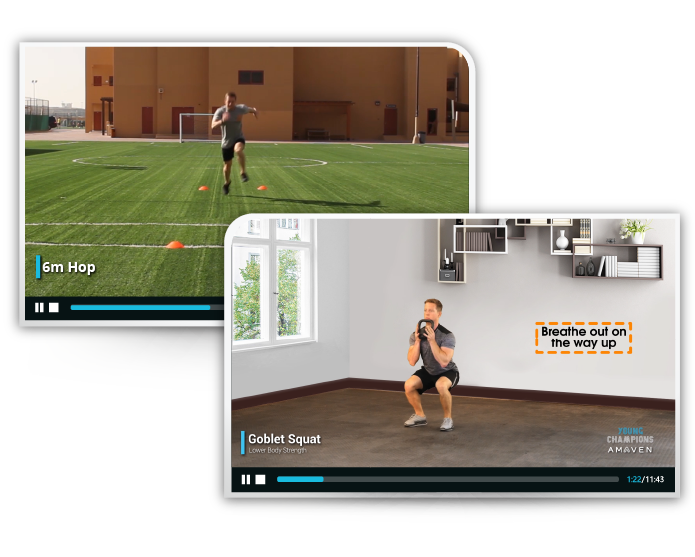
Who Needs Power?
Power is one of the main components of fitness and is important for a range of sports and activities in order for athletes to be successful. There are the obvious sports that rely heavily on the athletes being able to generate a lot of power, such as Weightlifting, Throwing Events such has Javelin and Shot Putt, and Boxing and other combat sports. It is also important to recognise that Power is also key in a range of other sports, as it plays such a pivotal role in the overall fitness profile of an athlete.
In a list compiled by experts, on behalf of ESPN, sports such as Football, Hockey, Cycling, Rowing, and Tennis all featured in the top 20 sports that require Power.
Cycling and Rowing, should, by now, speak for themselves, there are small sharp movements that contribute to speed and acceleration. Tennis, Football and Hockey all require Power when striking or kicking the ball along with all the functional movements such as running, sprinting, jumping, landing etc.
How do we improve Power?
Pre-peak height velocity activities that fall into the movement skills, such as hopping, skipping, jumping and running are great drills to enhance power development. Post-peak height velocity, it is recommended to combine resistance training, a family of activities known as Plyometrics, as concurrent resistance activities and plyometrics drills has been reported to develop power in jumping and sprinting.
Plyometrics need to be developed relative to their complexity, demand and speed, as this allows the nervous system to adapt and reduces the risk of musculoskeletal injuries. Videos
You can monitor your power development through the standing broad jump challenge, used in our initial challenge, or for something a little different, you could try and hop as far as you possibly can, the further you manage to hop on one leg, the more powerful you are in your legs.
The Young Champions app, will provide you with a range of activities that are specifically developed to enhance your power, as always, our message is to keep practicing.
If you would like more information on Power, visit our Young Champions Website
TIME FOR CHALLENGE 6 – The Re-Test
Challenge 6 is in four parts…
PART 1: Sign up to Young Champions for Free
PART 2: Click “Start a Test” in your Young Champions portal, complete the activities and record your scores!
PART 3: Click “Dashboard” when you have finished, to check on your progress.
PART 4: Don’t forget to check on your progress with the Keepy Ups!
Good luck with the final challenge we look forward to seeing how much you’ve improved, we’ll be keeping a close eye on the results!
